Resuscitated from ventricular fibrillation. Should the cath lab be activated?
Dr. Smith's ECG Blog
JULY 25, 2024
They started CPR. The patient was brought to the ED and had this ECG recorded: What do you think? The ECG shows severe ischemia, possibly posterior OMI. For clarity in Figure-1 — I've reproduced today's ECG — obtained following successful resuscitation of out-of-hospital cardiac arrest. sodium bicarbonate.

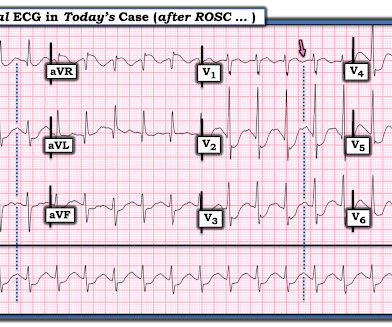

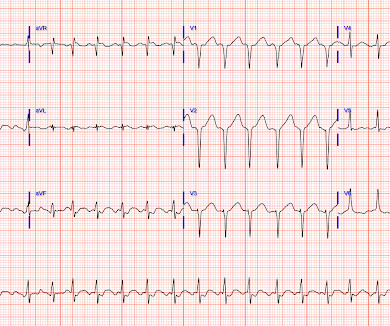




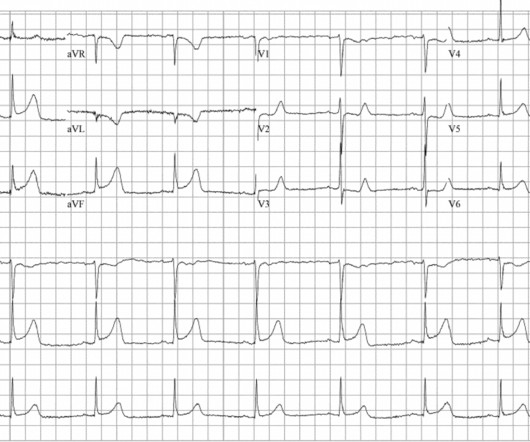

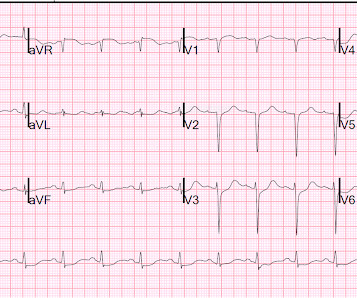

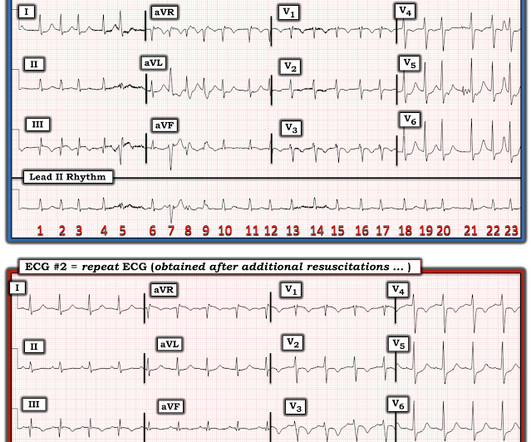




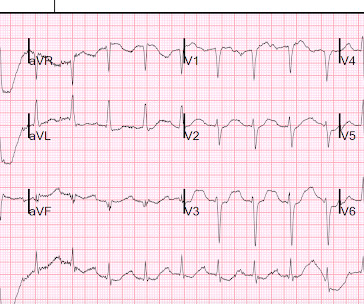

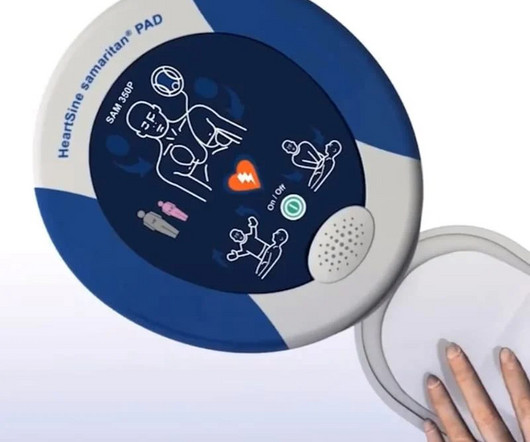
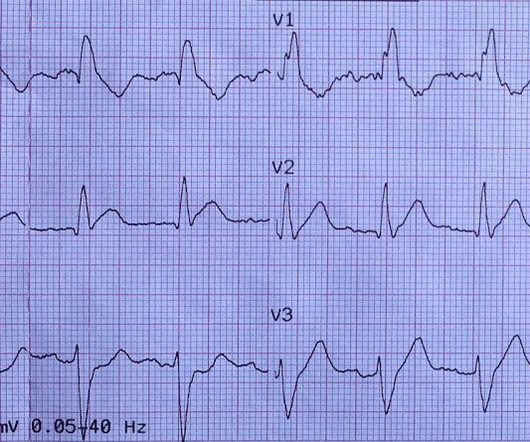
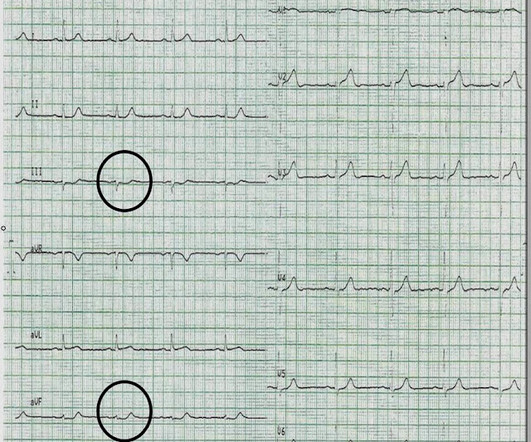

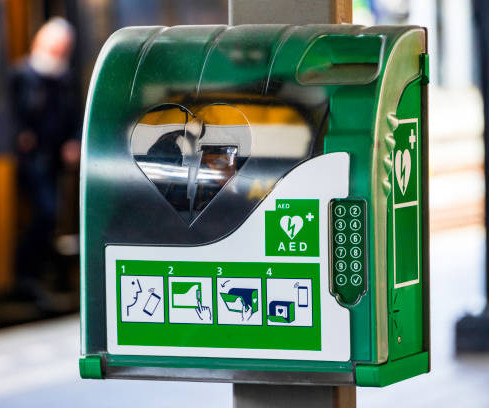
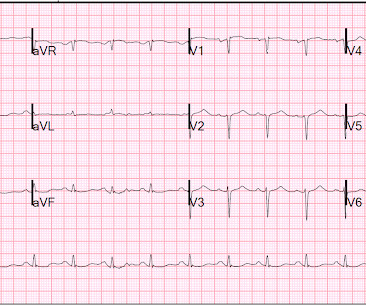







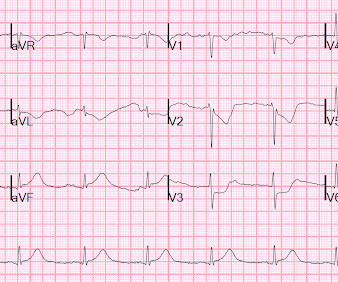













Let's personalize your content